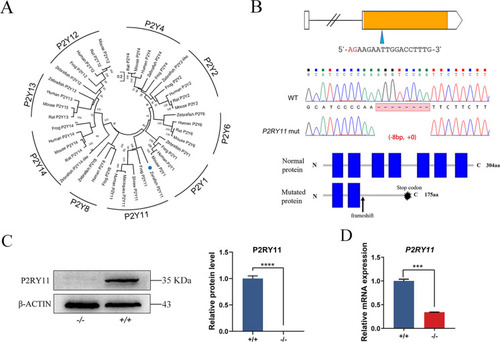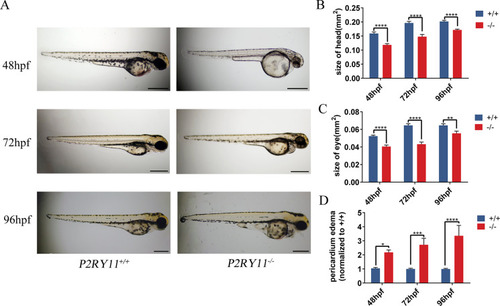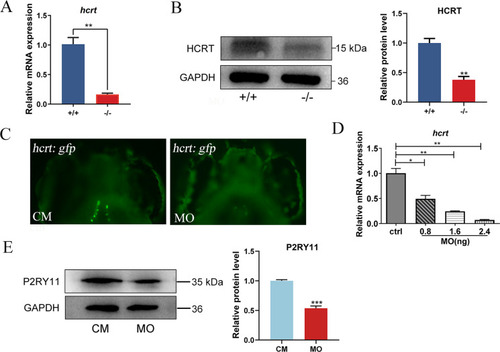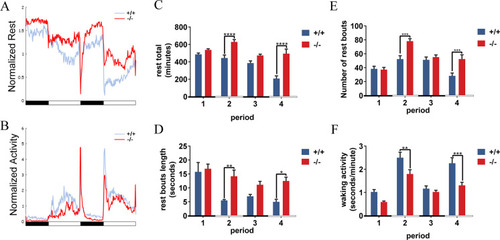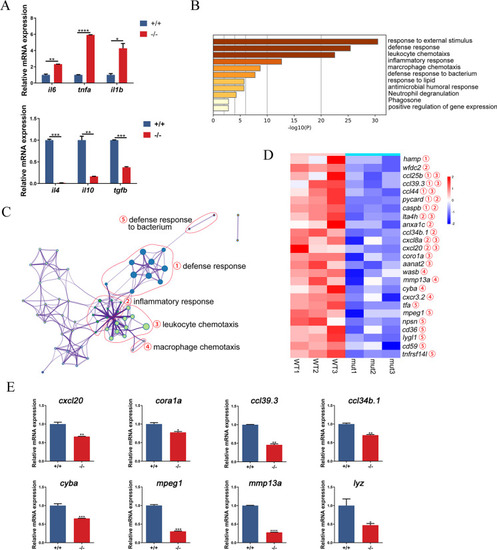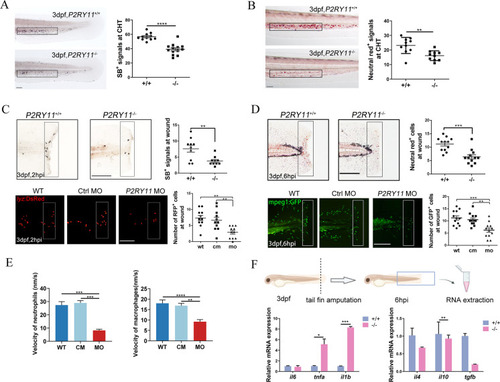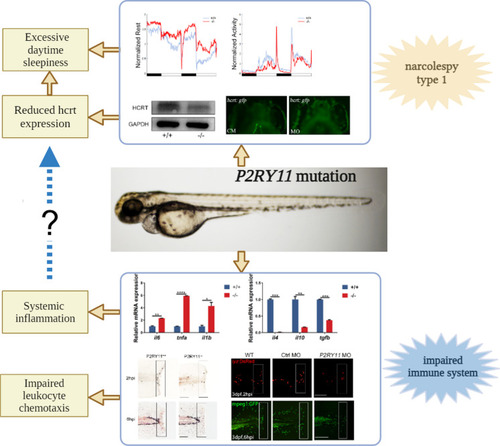- Title
-
Deficiency of P2RY11 causes narcolepsy and attenuates the recruitment of neutrophils and macrophages in the inflammatory response in zebrafish
- Authors
- Zhao, L., Wang, L.F., Wang, Y.C., Liu, A., Xiao, Q.W., Hu, M.C., Sun, M.Z., Hao, H.Y., Gao, Q., Zhao, X., Chen, D.Y.
- Source
- Full text @ Cell Biol. Toxicol.
|
Phylogenetic trees of the P2YR family and the generation of a |
|
Morphological analysis of |
|
Deficiency of |
|
Abnormal sleep/wake pattern in |
|
Effect of |
|
Deficiency of |
|
Diagram illustrating the effect of P2RY11 mutation on the immune response and the relationship of P2RY11 mutation with NT1 |

